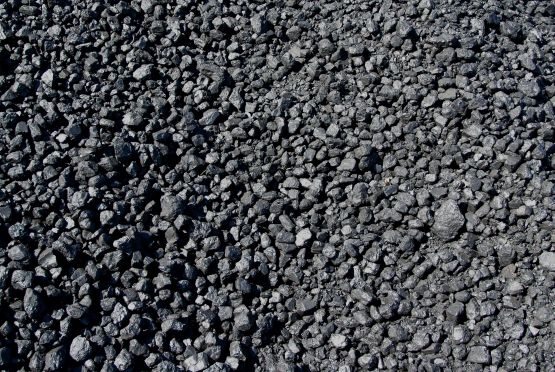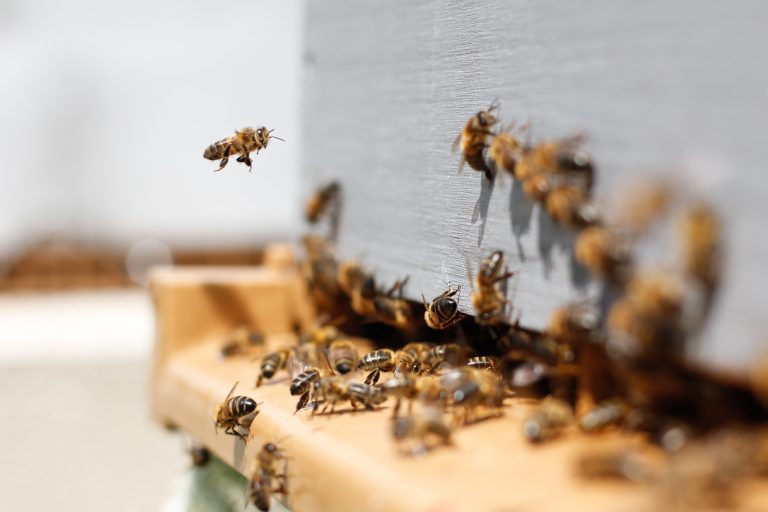What to do with mining heaps? Make it green. A special model will help with this

Biologists from the University of Silesia in Katowice have developed a method supporting the permanent “greening” of post-mining heaps. It is implemented using a geoinformatic model which, based on data from a specific area, suggests what vegetation should be introduced there.
Heaps, i.e. heaps of post-mining waste, are an inseparable element of the landscape of Silesian cities. Researcher Ph.D. Edyta Sierka emphasizes, however, that although these areas are most often associated with wasteland, the natural systems that develop there are very diverse; There are numerous species of herbaceous plants and trees here.
“Heaps – being areas whose natural potential is used to a small extent – after introducing appropriate plants, can become objects supporting the mitigation of climate change, e.g. by sequestering carbon dioxide (capturing this compound in order to reduce its content in the air – PAP). Moreover, it seems that biomass produced by plant species found in heaps may be used in the future, e.g. for energy purposes. Therefore, it is not justified to treat heaps as an element distorting the landscape, but rather as an object carrying natural potential for development,” emphasized Dr. Hab. Edyta Sierka from the Faculty of Natural Sciences of the University of Silesia in Katowice.
Permanent recultivation of heaps
The Inforevita project itself, the aim of which was to develop a model supporting the permanent recultivation of heaps, was based on the study of the functional diversity of area vegetation in a post-industrial environment, in relation to ecological conditions. The idea was to study the characteristics of plant species and all relationships between plants, as well as the relationships between plants and the substrate, microflora in the substrate and surface relief.
“Samples and data were collected from over 300 research plots on three waste dumps. The plant species growing there were recorded, with particular emphasis on the dominant species. The medium was also collected and analyzed microbiologically and physicochemically. The condition of the plants was also checked and their biomass was measured. The collected data was combined with a digital terrain model, i.e. information about the shape of the modeled surface in relation to the features of the natural environment. It was a big undertaking. 30-35 people took part in the design work,” said the researcher.
All input data, also combined with remote sensing images of these areas, were entered into the developed model. This is how the visualization of plant species grouped according to the conditions of occurrence was created, which in turn allowed for the standardization of optimal – according to the researchers – habitat conditions for particular types of vegetation. As a result, the model proposes a solution that can be used to design and introduce vegetation in a specific area subject to recultivation.
The ready-made model is offered in two versions – it is possible to use the software itself or, additionally, you can benefit from consultations with specialists combined with a site visit with their participation.
“There are no results from testing the model on other facilities yet. However, it can be said that the proposed method (…) will allow for taking into account the most important relationships identified in the natural environment, and the proposed solutions will lead to the permanent introduction of wild plants adapted to the habitat conditions prevailing there,” the researcher said.
According to biologists, the model can be used not only to plan the recultivation of heaps, but probably also of other types of wastelands.
The method and model were developed as part of the project “Inforevita – System supporting the revitalization of post-mining waste dumps using geoinformatic tools.” Its manager was Dr. Hab. prof. UŚ Gabriela Woźniak. The main tasks in the project were led by: dr hab. Agnieszka Kompała-Bąba and dr hab. Eugeniusz Małkowski. The cost of the project is over PLN 1.7 million; was financed by the National Science Center and the National Center for Research and Development.






